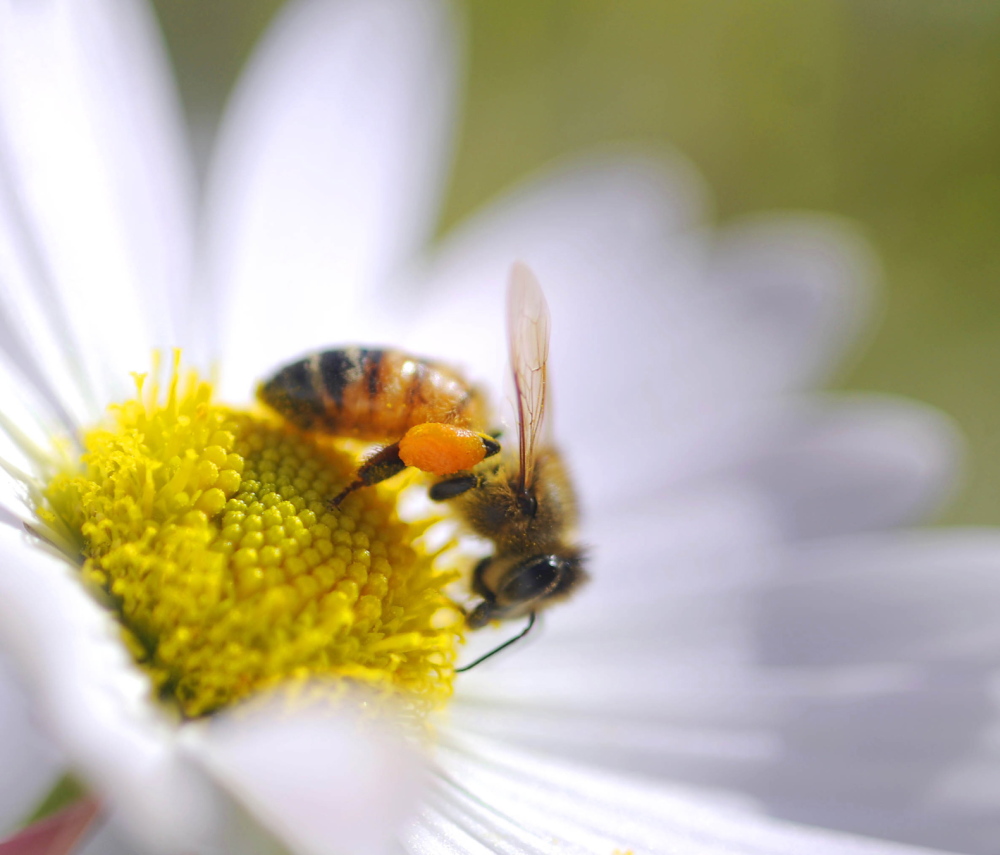CONCORD, N.H. – University of New Hampshire researchers say there are more than 100 species of bees buzzing around the state and that some of them have never been documented.
The university’s Agricultural Experiment Station has completed its first assessment of the state’s native bee population. Sandra Rehan, who oversees the UNH Bee Lab, said Monday that New Hampshire has a high “bee species richness” compared to other Northeastern states, such as Maine and Pennsylvania.
“There’s a lot of diversity of bees here, and we’re just really scratching the surface in terms of our understanding,” said Rehan, who also is an assistant professor of biological sciences.
Bees are important pollinators of food crops and natural ecosystems. The abundance and diversity of pollinators are declining across the United States. A survey done last year found that beekeepers across the country lost more than 40 percent of their honeybee colonies between April 2014 and April 2015.
Rehan said most bee research focuses on honeybees and bumblebees.
“Usually, people are studying one or a handful of species,” she said. “We are targeting, understanding the big picture, what are all the bees,” she said.
Initial research found 118 species, including 17 that had never been documented, in the seacoast area. Since then, researchers branched out to areas such as the White Mountain National Forest and have raised that count to 189.
Rehan said 72 species were found in both areas. Some species were found in abundance in the White Mountains, but not found at all in the seacoast area, reflecting a different habitat need.
“Further studies are needed to know what species are where,” she said.
The UNH researchers also have found that white clover attracted the largest abundance of bees, and red clover supported the highest diversity of bees.
“These data suggest that increasing the diversity of early season blooming flowers may have a positive impact on the native bee community,” Rehan said.
Jodi Turner, a beekeeper in Swanzey, said a lot of people don’t realize how many different kinds of insects and pollinators there are out there and should mind their environment for them.
“Everybody has their little expertise; it’s just a matter of what the flower is and what they are attracted to,” she said.
Send questions/comments to the editors.



Success. Please wait for the page to reload. If the page does not reload within 5 seconds, please refresh the page.
Enter your email and password to access comments.
Hi, to comment on stories you must . This profile is in addition to your subscription and website login.
Already have a commenting profile? .
Invalid username/password.
Please check your email to confirm and complete your registration.
Only subscribers are eligible to post comments. Please subscribe or login first for digital access. Here’s why.
Use the form below to reset your password. When you've submitted your account email, we will send an email with a reset code.